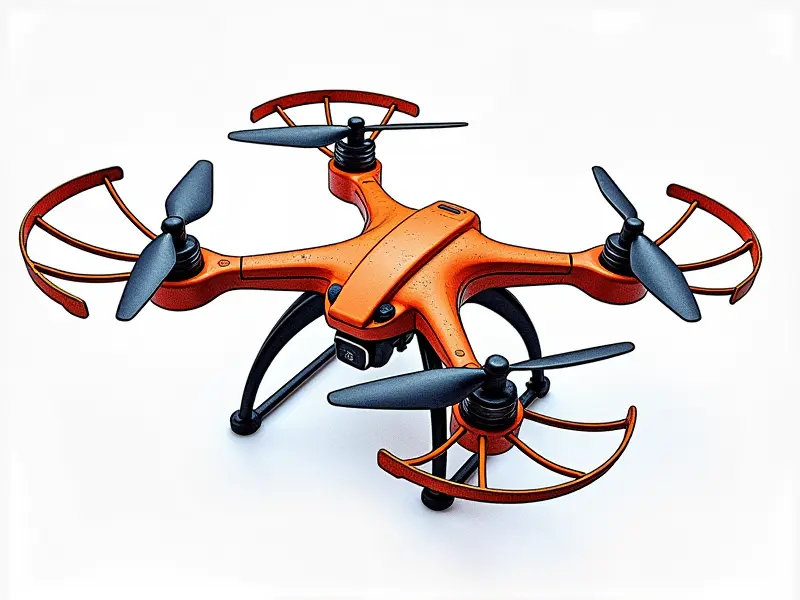Radio transmitter noise figure

Radio Transmitter Noise Figure: Understanding and Improving RC Signal Quality
The radio frequency (RF) environment is a complex landscape filled with various sources of noise that can degrade the performance of remote control (RC) systems. One critical aspect to consider when optimizing your RC system's performance is the noise figure. This article delves into understanding RF noise, its impact on RC signal quality, and strategies for minimizing interference.
Understanding RC Receiver Sensitivity
The sensitivity of an RC receiver is a measure of how well it can detect weak signals. A highly sensitive receiver will perform better in environments with low signal strength but may also be more susceptible to noise. Understanding the relationship between receiver sensitivity and noise figure is crucial for optimizing your RC system.
Maximizing Range with Low Noise Figures
A low noise figure indicates that a transmitter or receiver introduces minimal additional noise, thereby preserving the quality of the transmitted signal. This is particularly important in long-range applications where maintaining signal integrity over distance is essential.
How to Improve RC Signal Quality
- Upgrade Components: Use high-quality transmitters and receivers with low noise figures.
- Optimize Antenna Placement: Ensure that antennas are properly positioned for optimal signal reception.
- Avoid Interference Sources: Keep your RC equipment away from other electronic devices that emit RF signals.
Minimizing Interference in RC Systems
Interference can come from various sources, including other wireless devices and environmental factors. To minimize interference:
- Select Dedicated Frequencies: Use frequencies that are less crowded to reduce the likelihood of interference.
- Implement Frequency Hopping: Utilize frequency hopping technology to switch between channels rapidly, reducing the impact of interference.
Common Causes of RC Transmitter Noise
Noise in an RC transmitter can originate from several sources:
- Component Quality: Low-quality components may introduce more noise than high-quality ones.
- Environmental Factors: Physical barriers and atmospheric conditions can affect signal quality.
Tips for Reducing RF Interference in RC
- Use Shielded Cables: Shielding helps to reduce electromagnetic interference (EMI).
- Implement Grounding Techniques: Proper grounding can help mitigate noise caused by ground loops.
The Role of Antennas in Reducing RF Noise
A well-designed antenna system is crucial for reducing RF noise. High-gain antennas are particularly effective at filtering out unwanted signals and improving overall signal quality.
Optimal Antenna Selection for Clean Signals
- Select the Right Type: Choose an antenna that matches your specific frequency range and application needs.
- Avoid Over-Engineering: While high-gain antennas are beneficial, they can also introduce additional noise if not properly designed.
Impact of Noise Figure on RC Performance
The noise figure directly influences the overall performance and reliability of your RC system. A higher noise figure means more degradation in signal quality, leading to potential issues such as reduced range or erratic control.
Enhancing RC Communication Reliability
- Regular Maintenance: Keep all components clean and free from dust and debris.
- Monitor Signal Strength: Use signal strength indicators to ensure optimal performance at all times.
Maximizing Range with Better Transmitter Specs
To maximize the range of your RC system, consider upgrading to transmitters with better specifications. Higher power output and lower noise figures will provide a stronger signal that can travel further without degradation.
Conclusion
Maintaining high-quality signals in RF environments is crucial for reliable operation of remote control systems. By understanding the impact of noise figure on performance, selecting optimal components, and implementing effective strategies to minimize interference, you can significantly enhance the reliability and range of your RC system.

